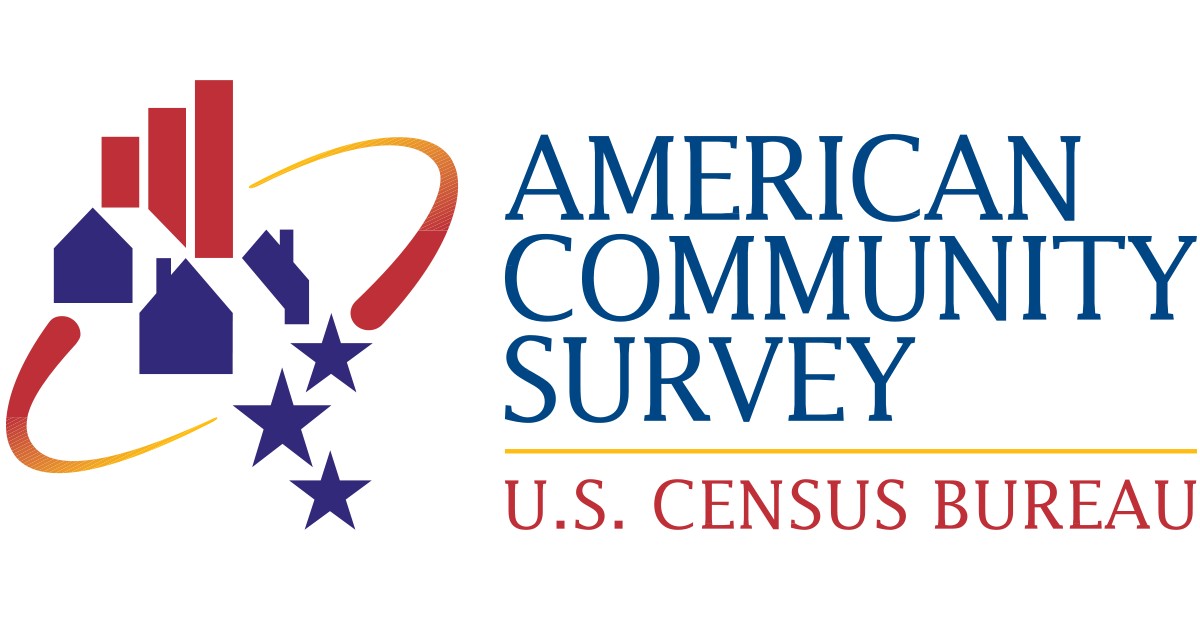Data and Methodology
Matson and Thayer (2014) note that food hubs can decrease food insecurity. In assessing the potential for a Loudoun County food hub to address such issues, we first identified food insecure areas in the Loudoun County region. We used two primary data sources for this project. To develop index variables of food insecurity, we obtained underlying variables on food supply and demand in Loudoun County and the northern Virginia region. The food supply, or food access, variables were taken from Virginia MarketMaker. MarketMaker is a website that connects agricultural producers and markets, including traditional retail outlets and farmers’ markets, throughout the Commonwealth. We pulled data on all food retailers in the study area and separated the data into supermarkets and farmers’ markets. A list of food pantries was also obtained from the internet. We then geocoded the street addresses of all businesses using OpenStreetMap as accessed through R. Food access variables were then created by creating a weighted count of food retailers in an area where each retailer is weighted by distance to the census tract in question and also weighted by population. This results in food access measures that provide information on the relative availability of food per capita in a census tract.



We also examined demand variables that could explain food insecurity. These demographics and income variables were obtained from the American Community Survey which is conducted by the U.S. Census Bureau. The ACS is the largest survey administered by the U.S. Census Bureau and tracks many of the same variables as those tracked by the Census of the United States. The demand side variables, which capture social and economic vulnerability, were examined for geographic variation across the region. They are also used in constructing the final food insecurity index.
Lastly, we constructed a food insecurity index using the supply and demand-side variables obtained from MarketMaker and the American Community Survey. We used factor analysis to create the composite index of food insecurity. The idea behind factor analysis is to explain unobservable factors affecting food insecurity (such as economic determinants, social determinants, and access) with variables that can be measured. On the supply side, the variables included food pantry, farmers’ market, and food retailer access indicators. On the demand side, we included socioeconomic indices, household composition and disability indices, minority status and language indices, housing and transportation indices, and an overall social vulnerability index. The three unobserved factors with the highest weights were then used to construct the food insecurity composite which was used to identify food insecure census tracts.
References:
Matson J, Thayer J. Food Hubs: Supply Chain Traceability to Enhance Local Food Systems. Food Studies: An Interdisciplinary Journal. 2014;3(2):21-30.